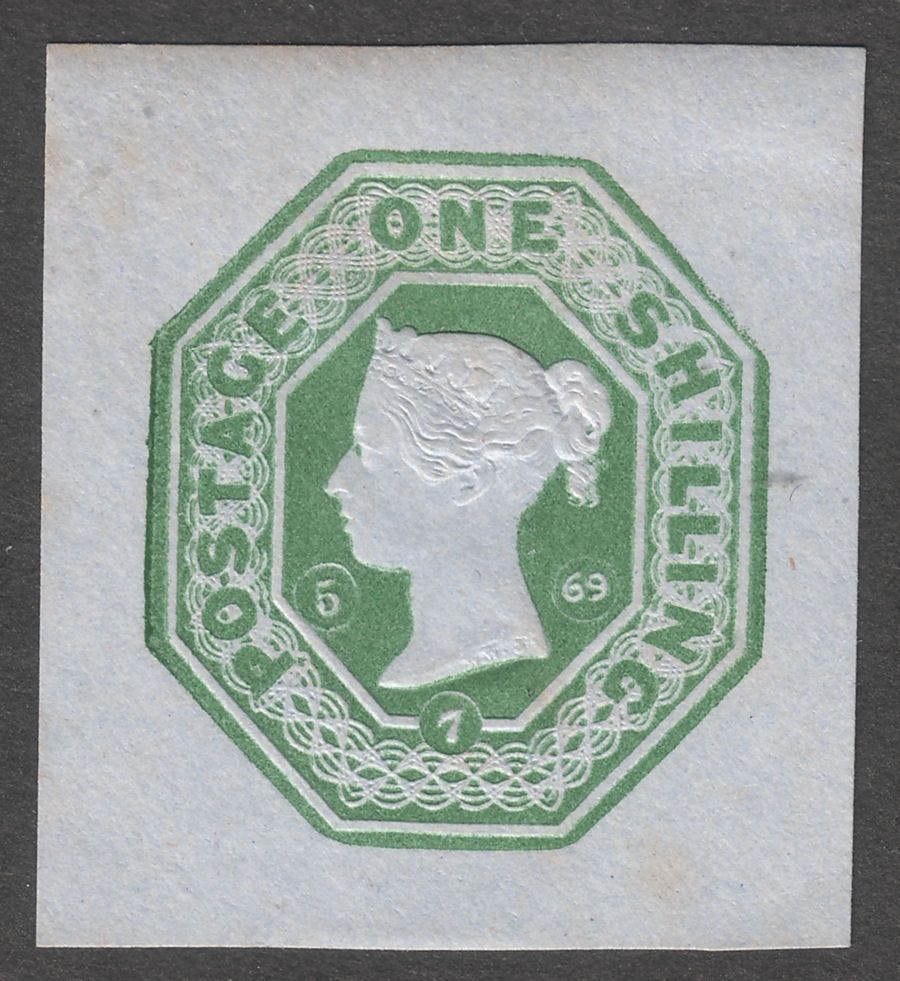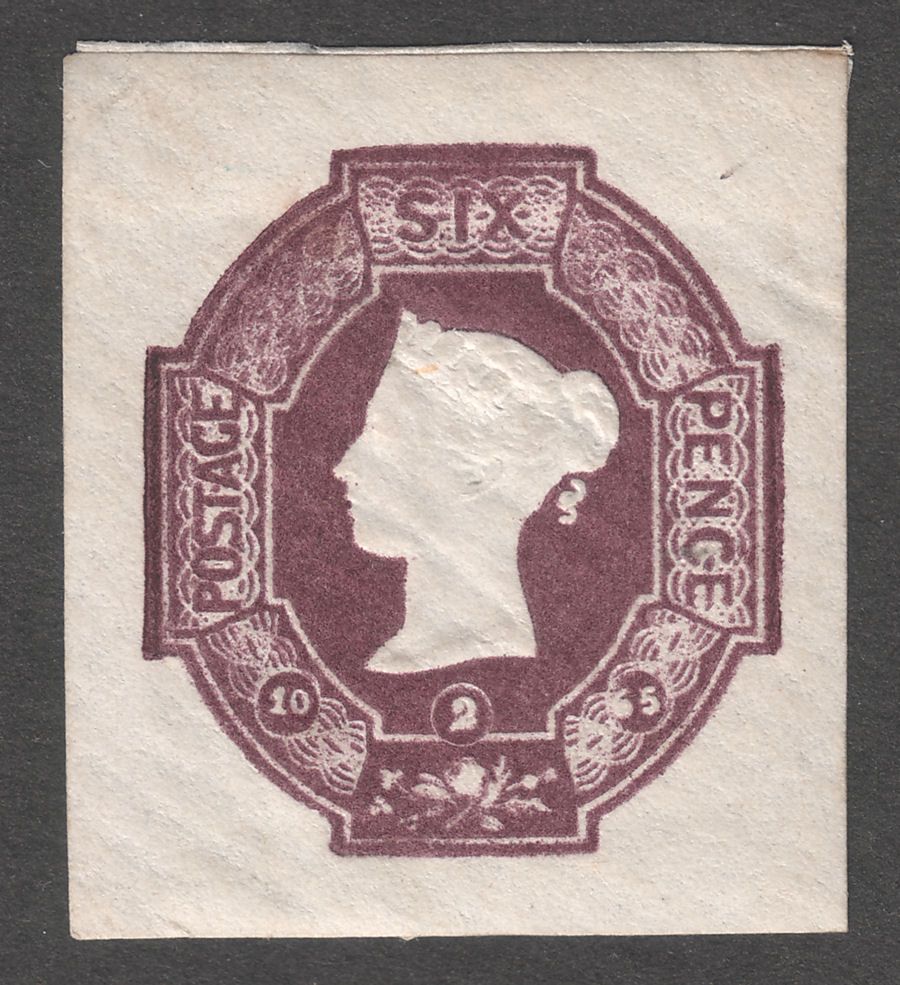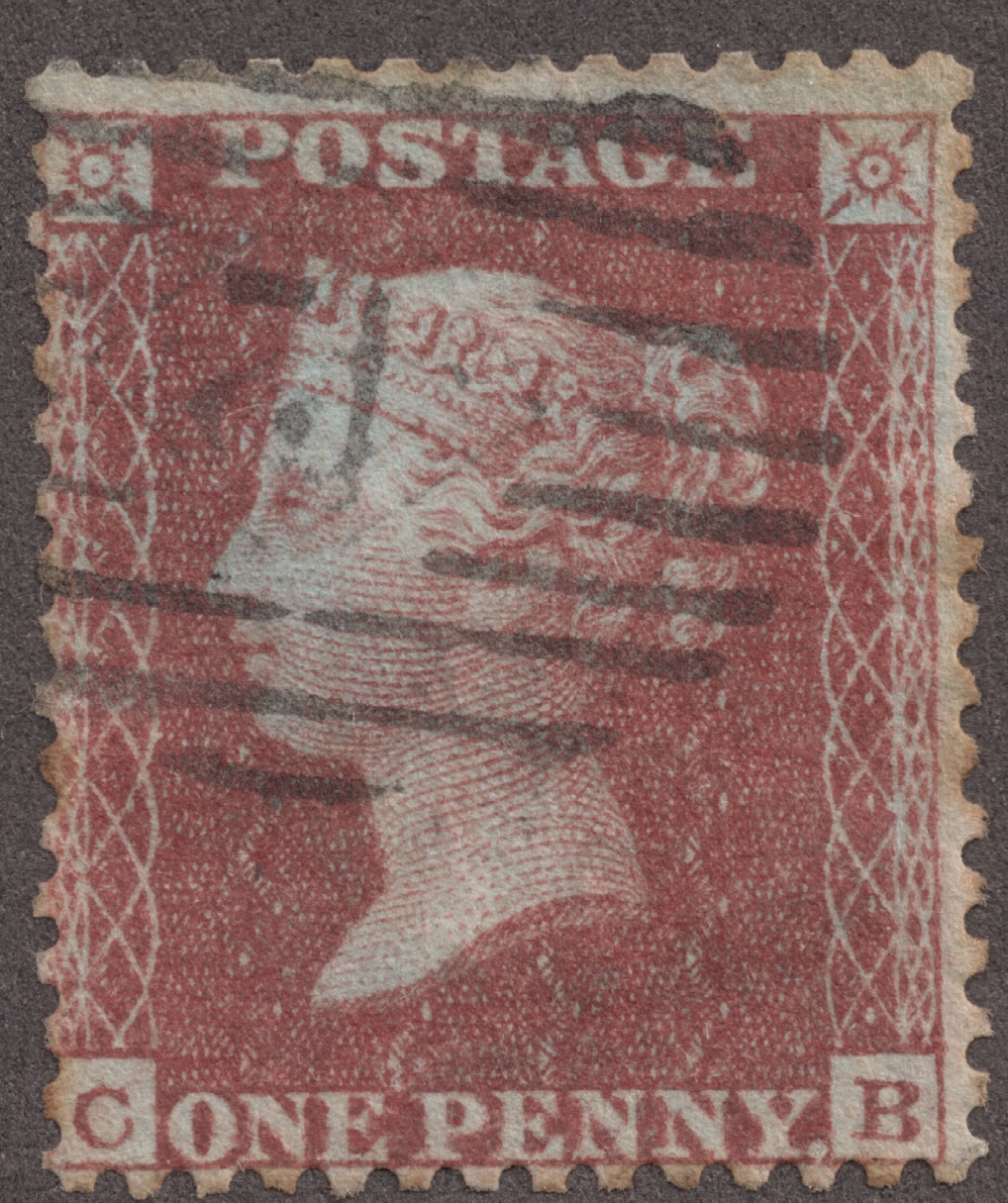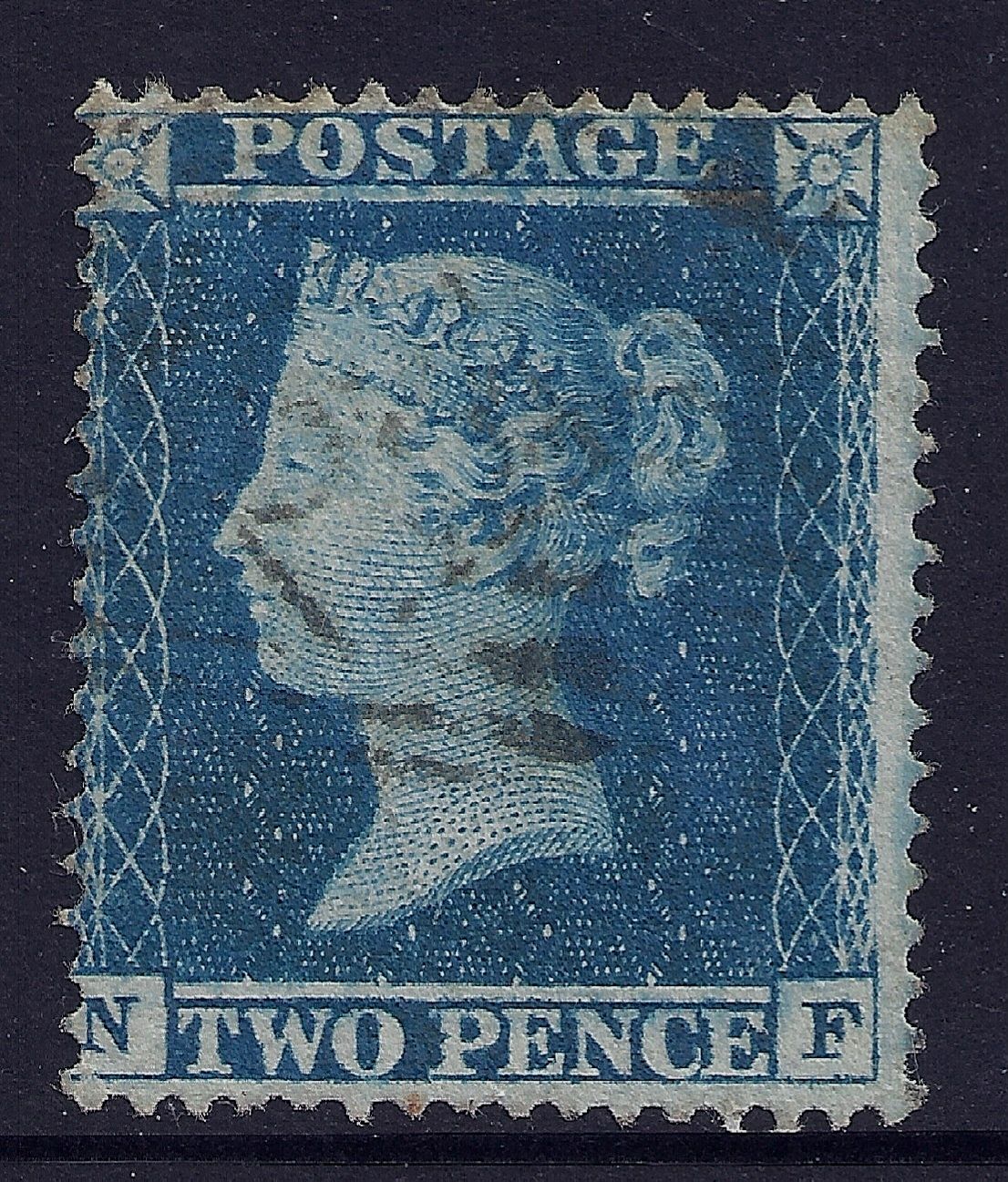- TNP Nation
- Ethnon
- Discord
- Marcus Antonius #8887
1 May 1840
The Penny Black was the world's first adhesive postage stamp of a public postal system.
The Penny Black was the world's first adhesive postage stamp used in a public postal system. It was first issued in Great Britain on 1 May 1840, but was not valid for use until 6 May. It features a profile of Queen Victoria.
In 1837, British postal rates were high, complex and anomalous. To simplify matters, Sir Rowland Hill proposed an adhesive stamp to indicate pre-payment of postage. At the time it was normal for the recipient to pay postage on delivery, charged by the sheet and on distance travelled. By contrast, the Penny Black allowed letters of up to 1⁄2 ounce (14 grams) to be delivered at a flat rate of one penny, regardless of distance.
Series: Queen Victoria - Line Engraved

Issued on:
1840-05-01
Format: Stamp
Emission: Definitive
Perforation: Imperforate
Printing: Recess
Colors: Black
Face value: 1 d - British penny (old)
Value as of 25 October 2018 = £175.00 for a used example - £3,943.00 for an unused example
The Penny Black was the world's first adhesive postage stamp of a public postal system.
The Penny Black was printed from 11 plates. There are no plate numbers on the stamps and the different plates can only be identified after careful examination. However, as plate 1 was completely overhauled due to excessive wear, it is generally considered as two separate plates, 1a and 1b. Plate 11 was intended originally solely for the new red stamps, but a small number were still printed in black. These are now very rare.

The Penny Black was the world's first adhesive postage stamp of a public postal system.
The Penny Black was the world's first adhesive postage stamp used in a public postal system. It was first issued in Great Britain on 1 May 1840, but was not valid for use until 6 May. It features a profile of Queen Victoria.
In 1837, British postal rates were high, complex and anomalous. To simplify matters, Sir Rowland Hill proposed an adhesive stamp to indicate pre-payment of postage. At the time it was normal for the recipient to pay postage on delivery, charged by the sheet and on distance travelled. By contrast, the Penny Black allowed letters of up to 1⁄2 ounce (14 grams) to be delivered at a flat rate of one penny, regardless of distance.
Series: Queen Victoria - Line Engraved

Issued on:
1840-05-01
Format: Stamp
Emission: Definitive
Perforation: Imperforate
Printing: Recess
Colors: Black
Face value: 1 d - British penny (old)
Value as of 25 October 2018 = £175.00 for a used example - £3,943.00 for an unused example
The Penny Black was the world's first adhesive postage stamp of a public postal system.
The Penny Black was printed from 11 plates. There are no plate numbers on the stamps and the different plates can only be identified after careful examination. However, as plate 1 was completely overhauled due to excessive wear, it is generally considered as two separate plates, 1a and 1b. Plate 11 was intended originally solely for the new red stamps, but a small number were still printed in black. These are now very rare.

Last edited:




















